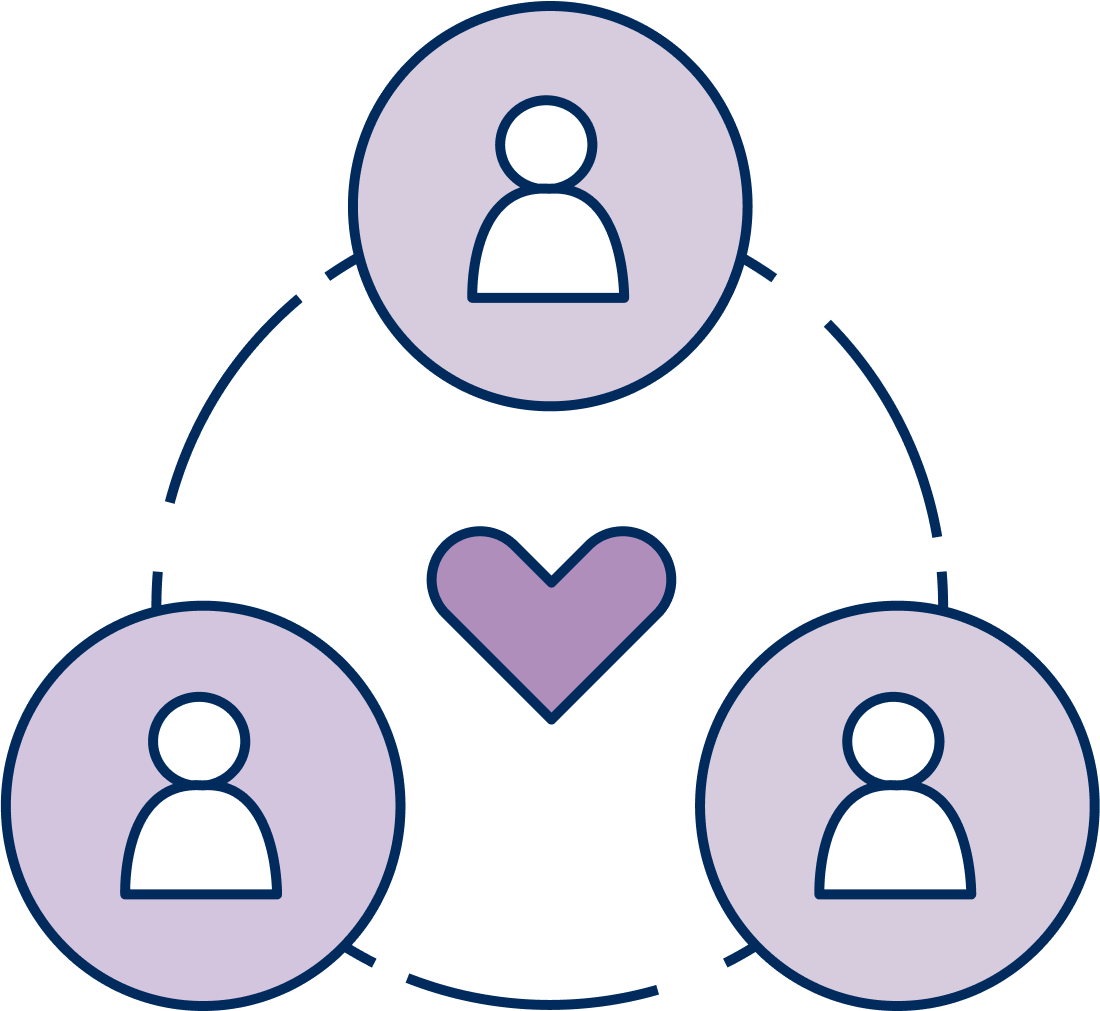
Student Life Strategy: Supporting Student Needs into the Future
We worked with the Division of Student Life to understand students’ help-seeking experiences, from recognizing a need for support to accessing and experiencing support services. The themes and insights developed contributed to the Division’s Strategic Planning Process to support incorporating student voices into program design.
Fall/Winter 2019-2020
How do students understand and navigate the university's programs and services?
Help-seeking is a multi-step process: from making a decision to seek (or not seek) help, to navigating available resources, to actually using services and the results of using these services. At each step, the student experience is influenced by both internal factors and the environment. . The data, collected from previous empathy-based interviews and design research events since 2016, illuminates how students make decisions on whether to access services, the barriers they experience, and what they think and feel at every step in the process. The insights suggest that the decision to access help is multi-factorial and contains many potential barriers; thus, this report suggests areas to investigate as we collect new student stories.
KEY FINDINGS
For help to be useful, it must be found
Using design-centered activities and empathy-based interviews, Innovation Hub members learned how students find information on and access campus resources, how they feel about these resources, and what they currently know about the Division of Student Life. The data revealed three key themes about student help-seeking, which are tied together by one central idea: For help to be useful, it must be found. While U of T provides resources to support students, many of which are high-quality, whether (and how) students learn about and interact with these resources is equally important. Themes included:
- Information (Im)Balance
- People Helping People
- Patchwork Service Affects Access


Information (Im)Balance: Student Life provides copious information on student resources. Yet the abundance of information does not guarantee that students find what they need. Students’ willingness and ability to find and use information depends on their understanding of their own needs, access to information, and the communication channels to which they are connected.

People Helping People: Students reported that one of the best ways to learn about resources and services was through peer connections and from their communities. Since their peers already had experience with the resource or service accessed, they were able to give reliable referrals to their friends seeking similar support. Because information disseminated through email or hosted on websites can often be overwhelming, having peers vouch for certain services allowed students to receive relevant knowledge to improve their student experience. However, students who are disconnected from peer networks and/or smaller communities face greater challenges accessing resources and services.

Patchwork Service Affects Access: In a decentralized system, students encounter many bureaucratic inefficiencies. For example, though many students have needs that require support from multiple resources, services that should be connected are difficult to locate. Students are often given unclear directions for juggling those resources, which becomes a barrier for them to overcome. Moving from service to service without a clear roadmap affects students’ motivation. Students are often constrained by a lack of time. Not knowing where to go next can heighten their stress and discourage them from seeking further help, increasing the chance that their issues will become unmanageable and affect multiple domains of their lives.
